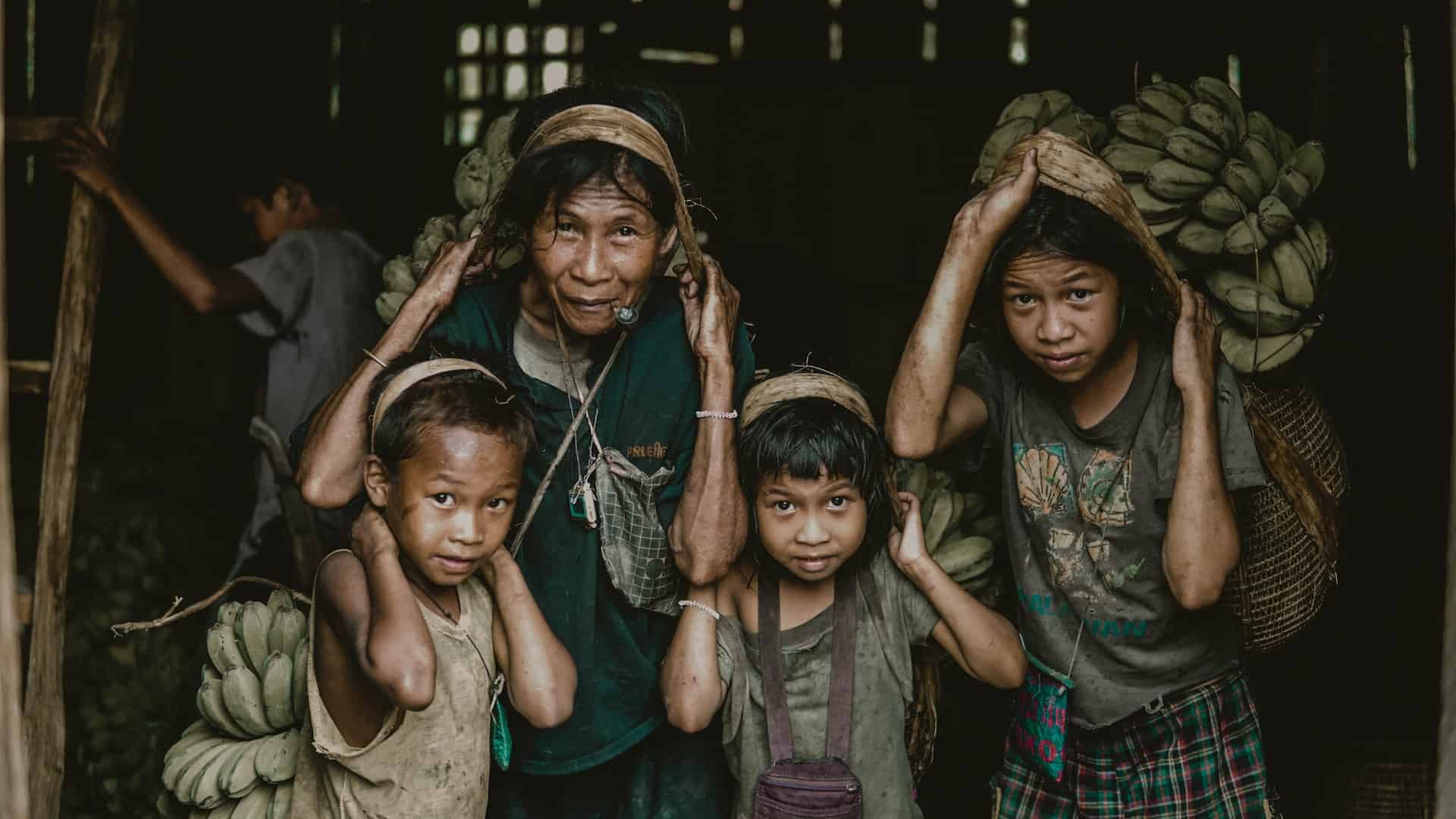
Originally posted on LinkedIn, September 16, 2022
Of the many crises that we face today around the world, that of food security is the one that bites deepest. According to the World Food Programme last month, 345 million people in 82 countries around the world are not sure where their next meal will come from. How have we got ourselves in this situation?
According to the UN Sustainable Development Goals, hunger was to be eradicated in 2030. It is clear that is simply not going to happen.
Let’s take a quick look around. Pakistan suffered record rains and flooding this month, which has affected 33 million people and caused at least US$10 billion in damages. Sindh, one of the worst provinces affected, produces half of the country’s food supply causing belts to tighten rapidly. Climate change is the primary culprit for this deluge.
Meanwhile in Kenya. a crippling famine stalks the land. Two years of continuing drought mean that 30 million people now face a mass starvation event that could be one of the world’s worst humanitarian disasters of all time. The cause? Climate change.
The ongoing bitter war in Ukraine has had savage knock-on effects to food supplies and transport prices worldwide. According to UN secretary general António Guterres it is causing “malnutrition, mass hunger and famine, in a crisis that could last for years”.
Russia and Ukraine combined produce 30% of the world’s wheat alone. Although a grain deal allowed some crops to start moving, crucial fertilizer exports from Russia, the world’s biggest producer, are dangerously slow. This will have a major impact on food production elsewhere next year and beyond.
The Food and Agriculture Organization’s food price index has climbed 55% since May 2020. This increase, combined with other inflationary pressures, has meant that the cost of living is increasingly problematic even in the wealthier countries. Parents are going hungry just to ensure their children get a square meal.
However, in low-income countries where people plan to spend around 40-50% of their income just on food, price fluctuations like this have devastating effects. Estimates point to 2.3 billion people having moderate or severe difficulty obtaining enough to eat. And if you look closely at countries such as Afghanistan, Ethiopia, Somalia, South Sudan and Yemen, the levels of hunger are scary and appalling.
Even in wealthy countries, hunger is gnawing away. One in seven adults (7.3 million people) in the UK are now officially food insecure, according to the Food Foundation, with two million adults going without food for a whole day once a month.
When this happens, people (understandably) get desperate. Social unrest is spiking and you don’t have to look far for political violence. It is all a deeply unsavoury geopolitical cocktail.
There are many other food staples under threat around the world. California has just gone through its driest spell in 1,200 years, meaning tomatoes will be in short supply. Not good for pasta lovers.
Coffee drinkers, cover your eyes. In Brazil, Arabica coffee beans are the scarcest in decades, while in Vietnam the robusta bean harvest has been bad.
Chickpeas are a major protein source in Africa, the Middle East and Asia, but thanks to no supplies from Russia and Ukraine and a bad spring planting season in the US, those legume stocks are dangerously low.
Let’s not forget that it is not just the famine that is the issue. This negative food cycle will place hundreds of millions at risk of malnutrition, ill health and poverty. Young or pregnant women have to have more vitamins and minerals in their diets, such as iron, zinc or vitamin B12. Without those nutrients, the next generation suffers.
There is some help at hand, but is it enough? Yes, the G7 countries have promised an extra US$4.5 billion, experts say that’s a splash in the US$28.5 billion ocean of funds needed. The World Bank has also announced an additional US$12 billion to combat the food crisis.
The new report from Reuters has examined concepts for the future of farming that also address climate change, including:
- The EU’s new Farm to Fork strategy, which aims for a 20% cut in fertiliser use, a 50% reduction in the use of chemical pesticides and at least a 50% reduction in fields’ nutrient loss by 2030 as part of a continent-wide regenerative agriculture program
- Experimenting with developing a wild perennial grass called Kernza that could yield as much grain every year as wheat
- Using seaweed as cattle feed to reduce their huge methane emissions
- How biochar, a charcoal-like substance found in South America, could prove to be a renewable energy source, a pesticide and a food supplement for cattle
Last week, Bill Gates made a strident call to change how the world thinks about hunger, as part of the Bill and Melinda Gates Foundation report into progress for the UN’s Sustainable Development Goals.
The Foundation has developed a new type of maize — what Gates calls “magic seeds” — to improve the maize yield in Africa. This vital crop represents 30% of the daily caloric intake in sub-Saharan Africa, and the good news is that the magic seeds were, well, magic: they produce a 66% rise in yield.
This kind of technological innovation is what our planet needs. Prioritizing grain now for human consumption rather than biofuels would be good, too. If we want to save millions of lives, we must take immediate action. Together.
Helle Bank Jorgensen is the CEO and founder of Competent Boards. Follow her on LinkedIn.